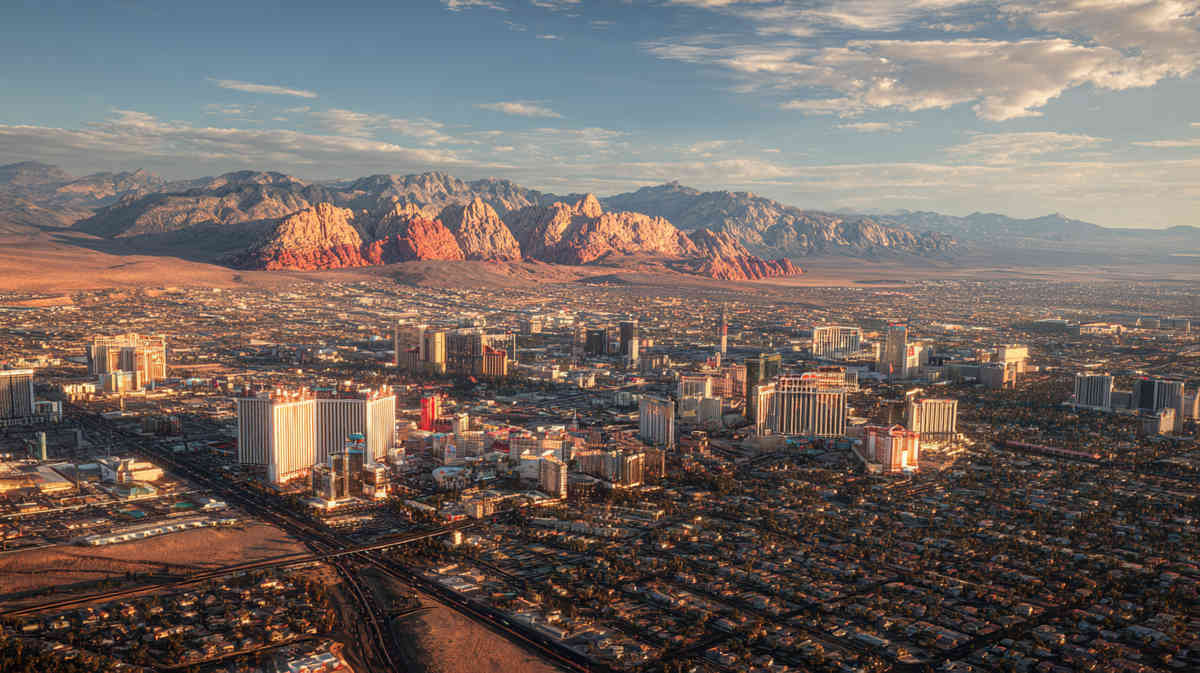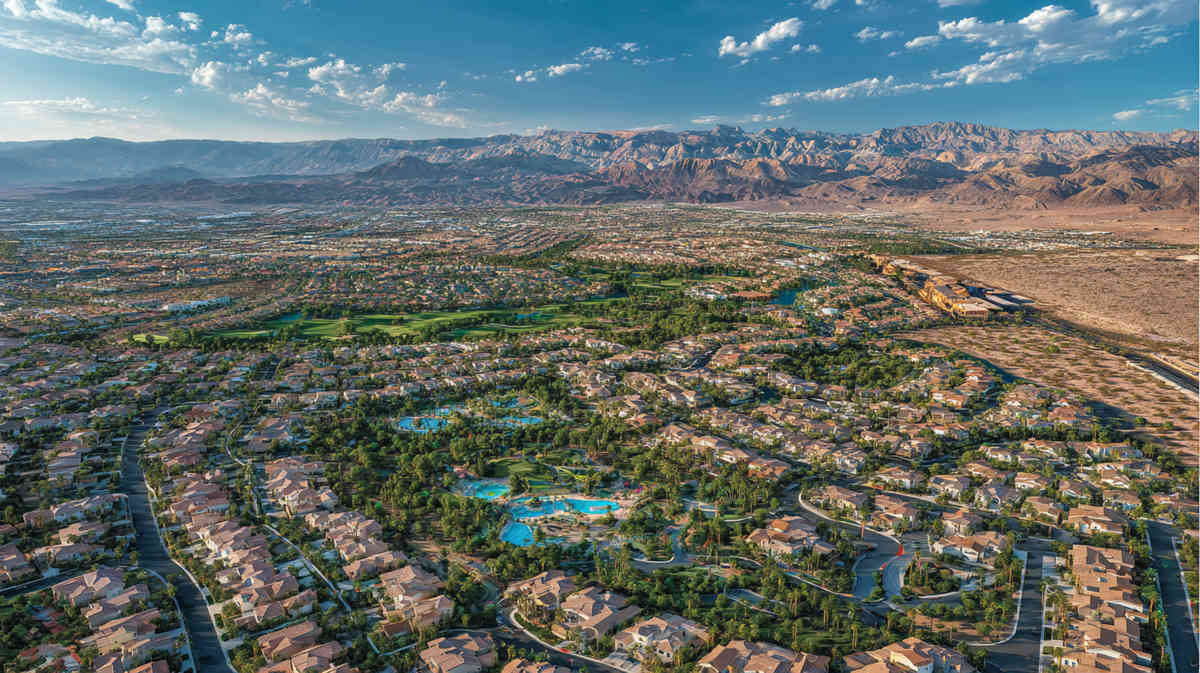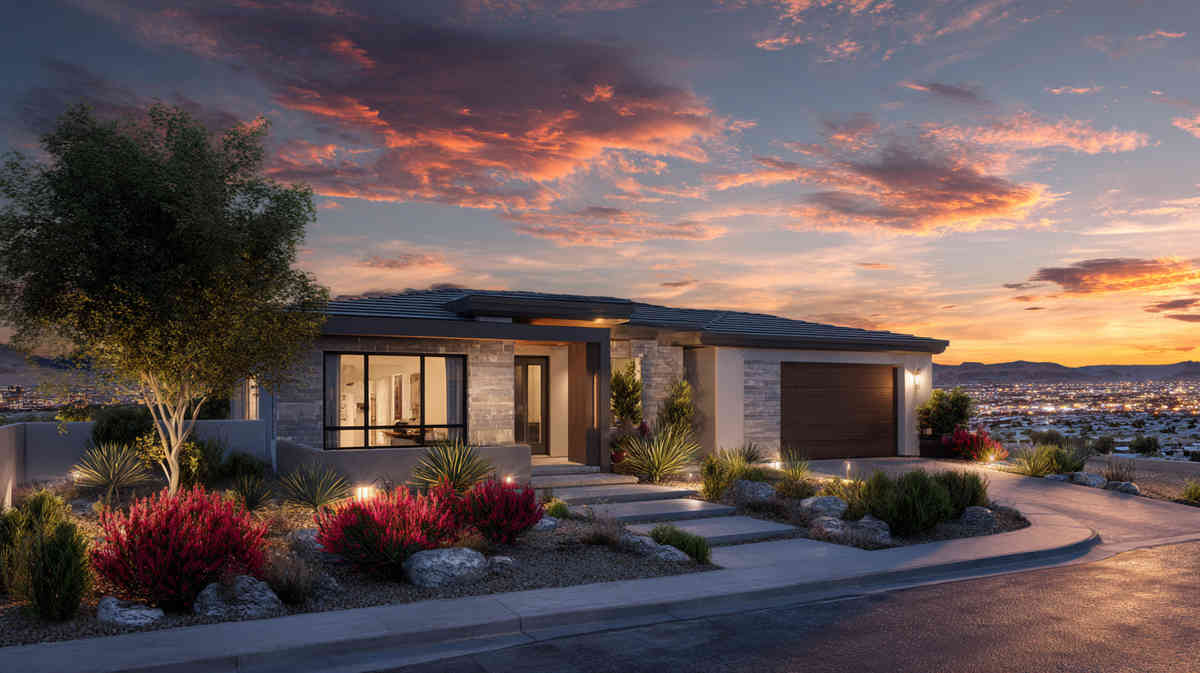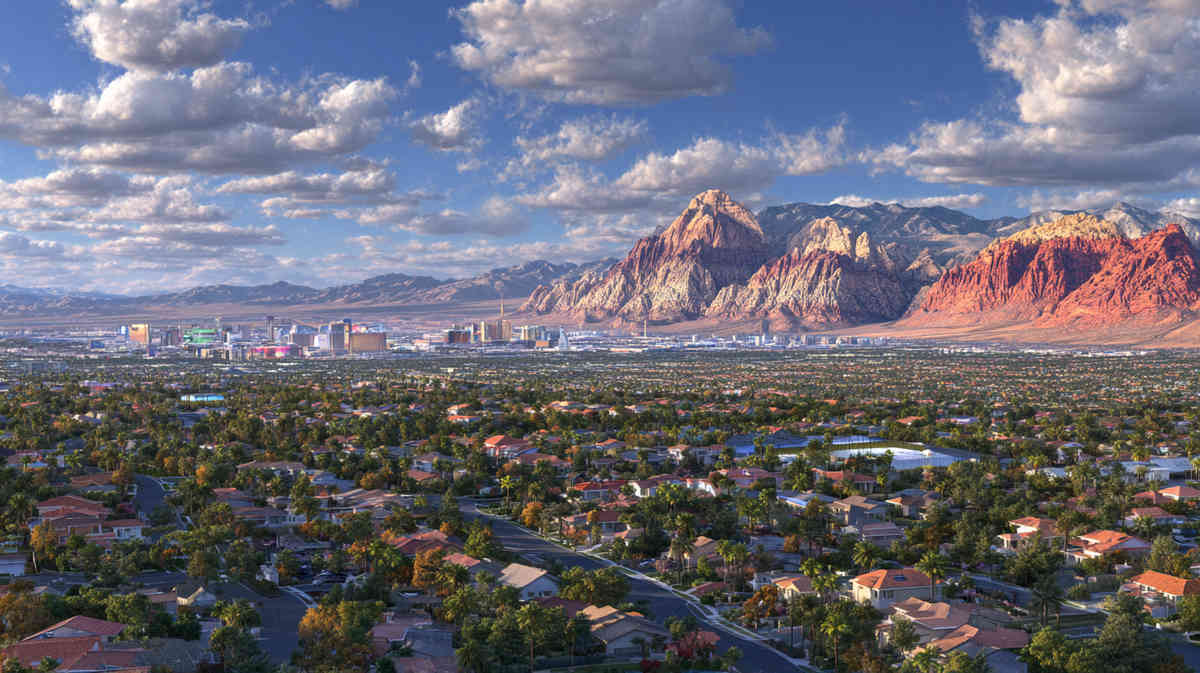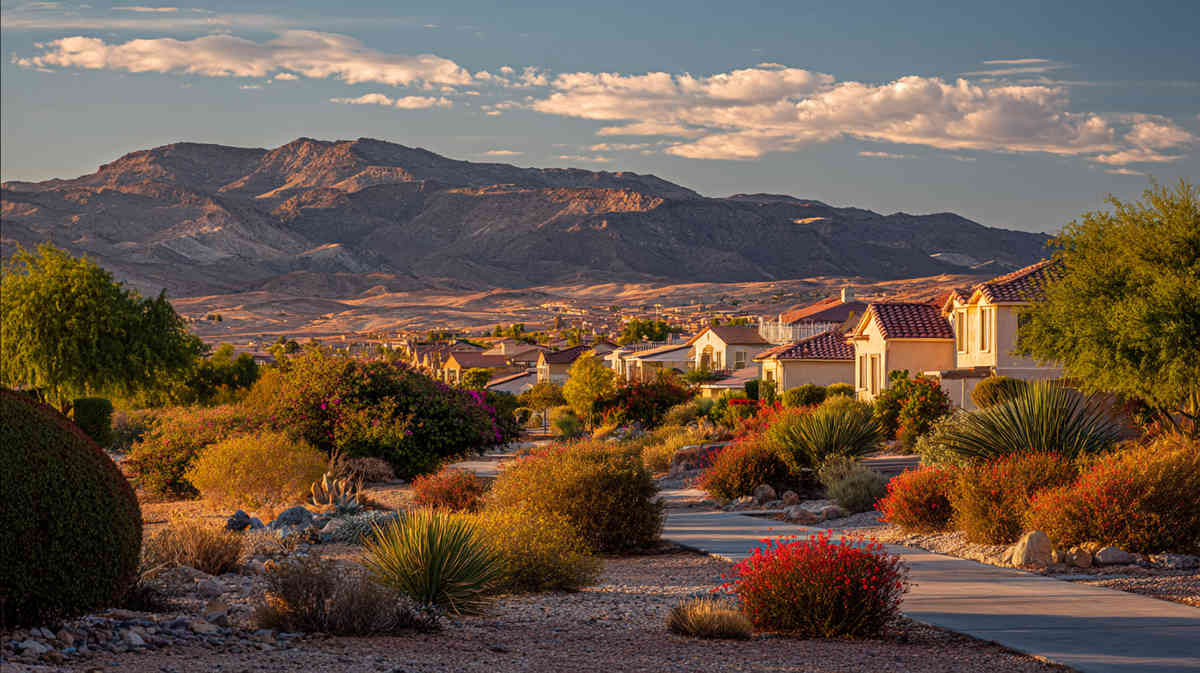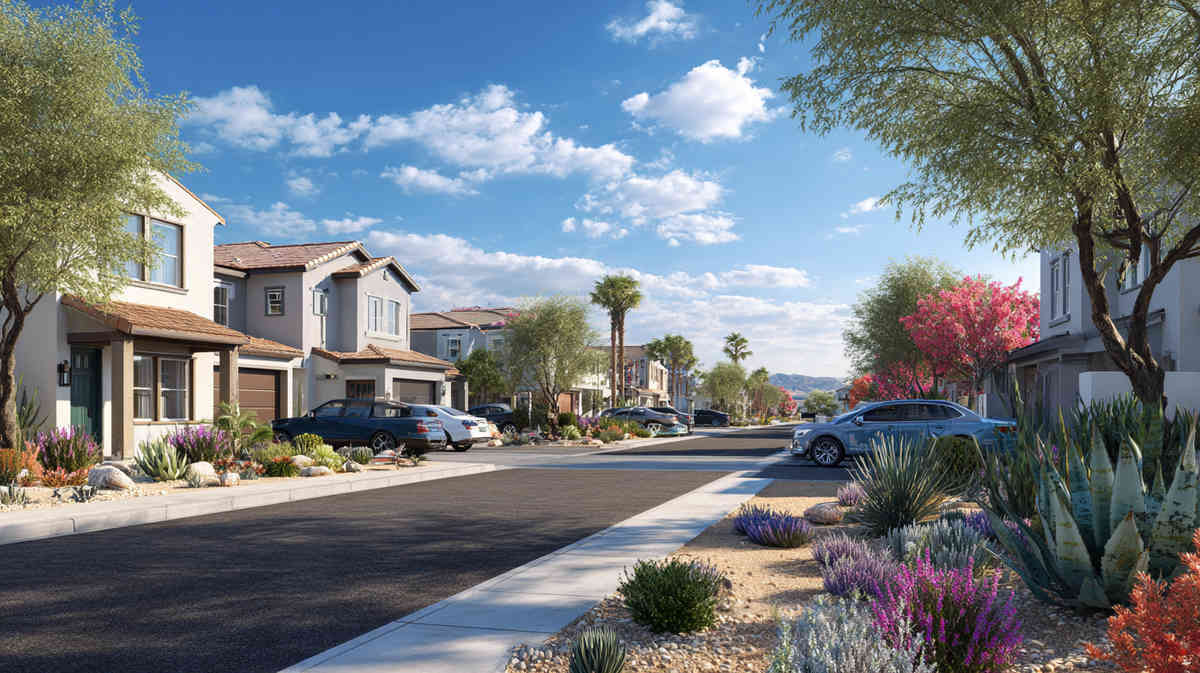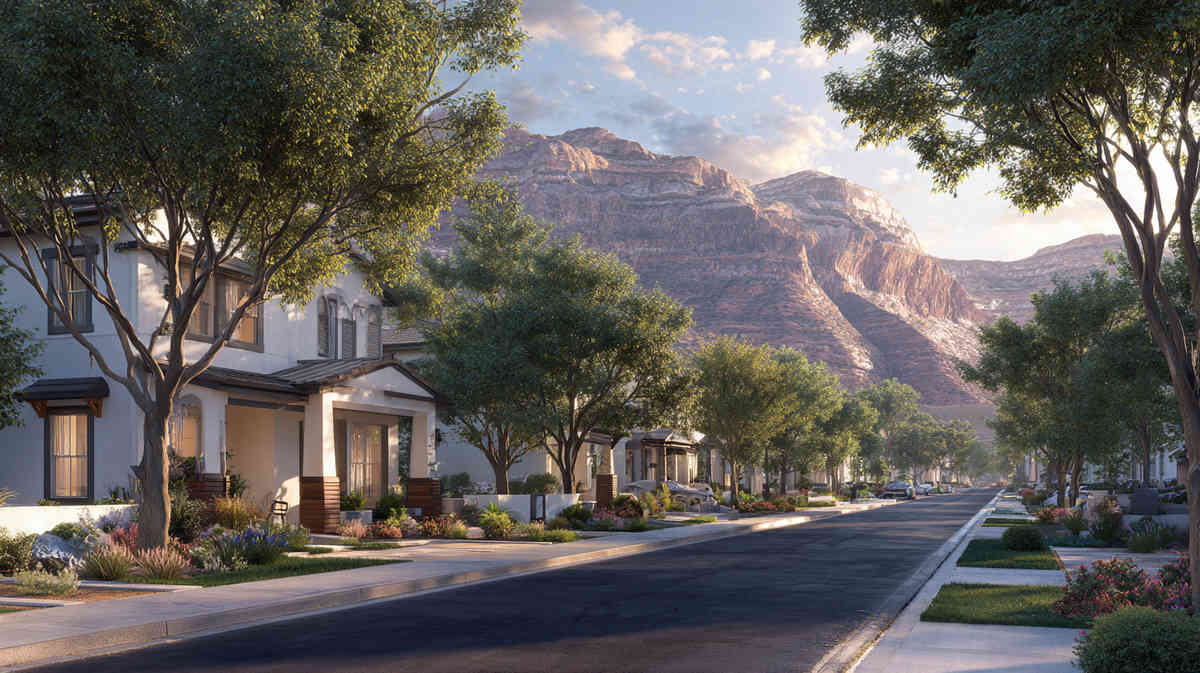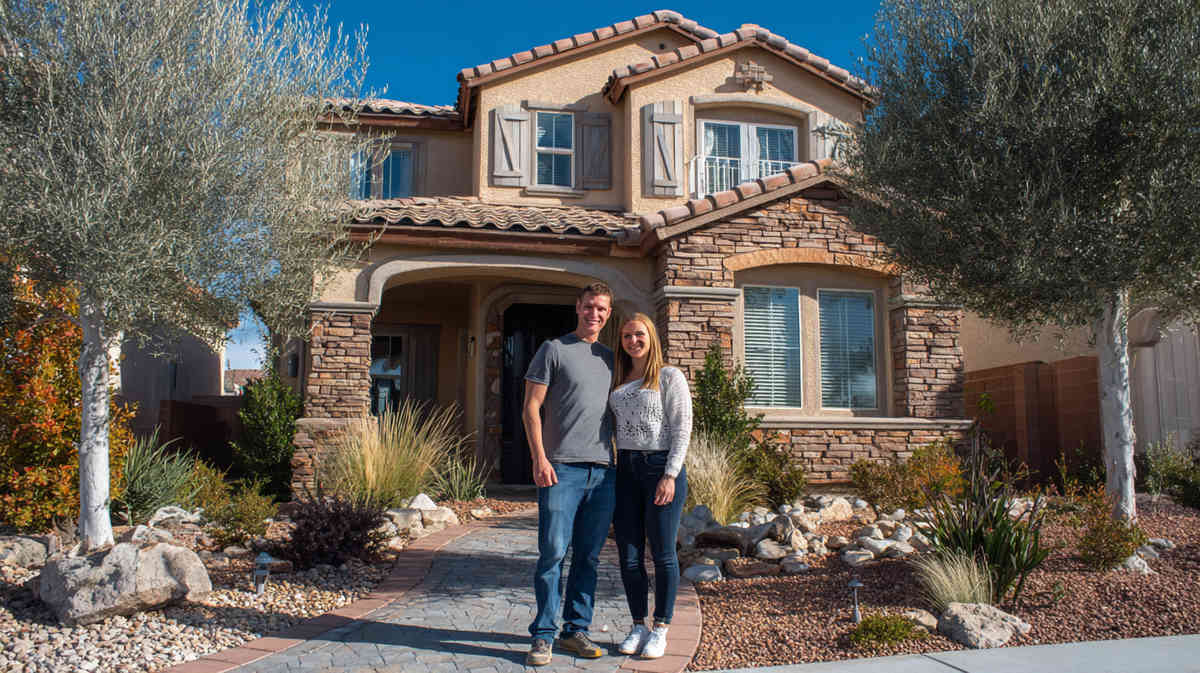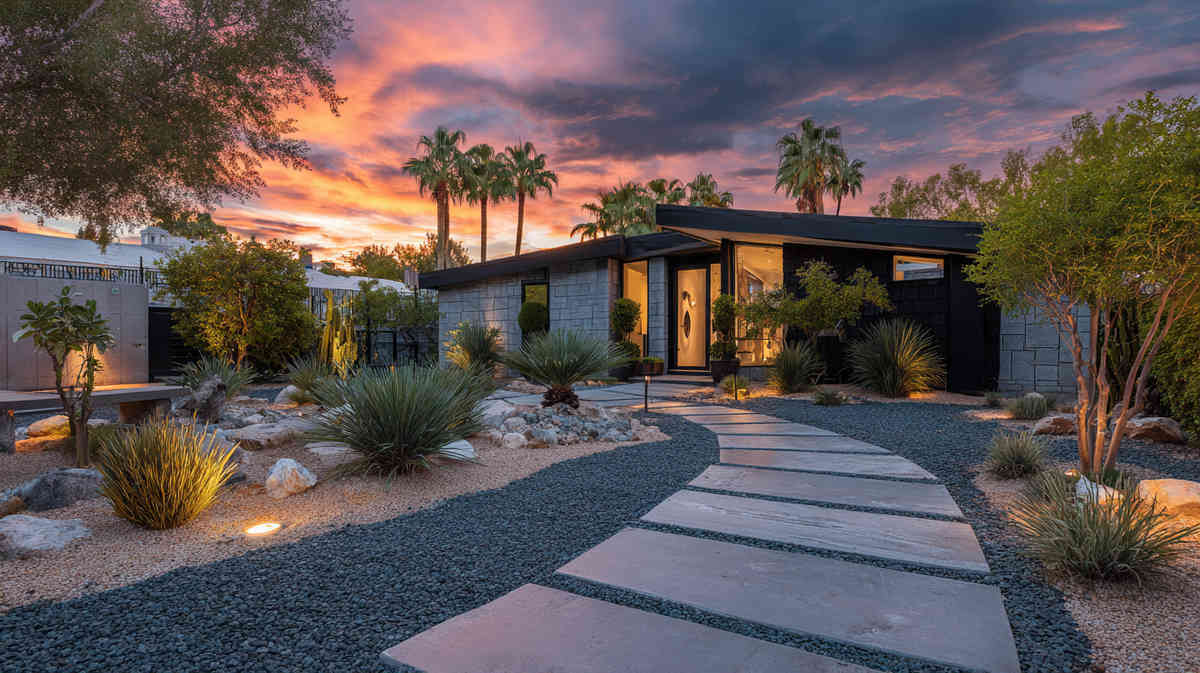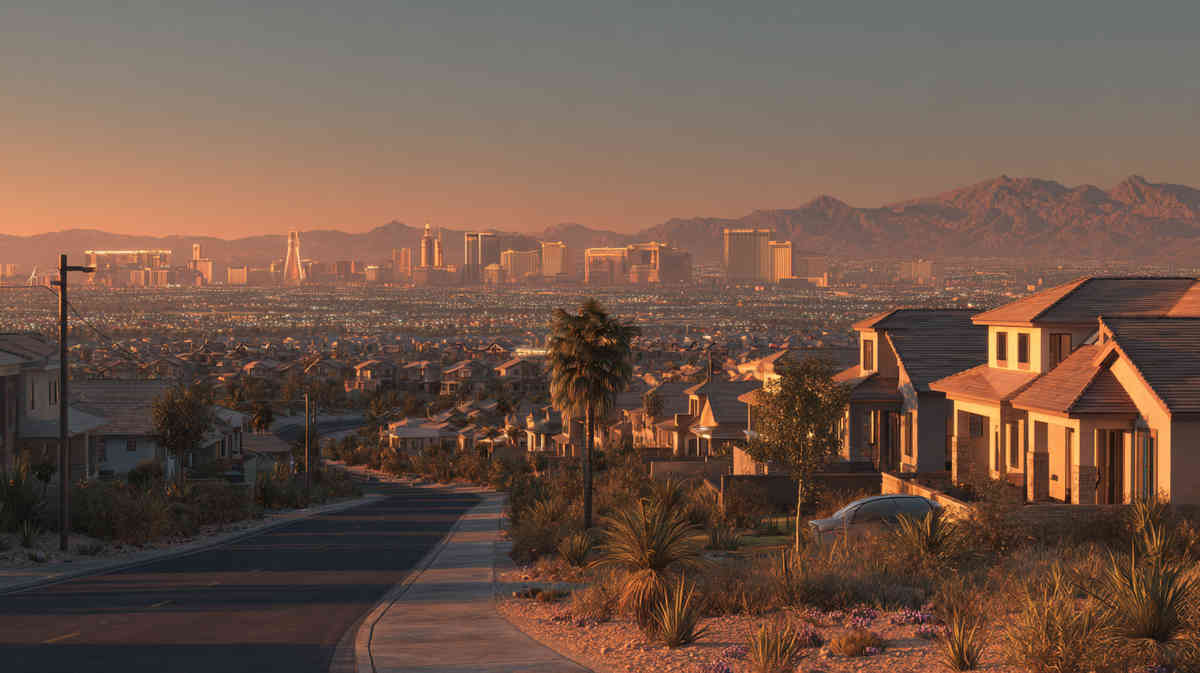1. Overview
Las Vegas—iconic for The Strip, neon lights, and 24-hour temptations—has a population near 650,000 (double that if you count the broader valley). People keep flooding in from pricier states, lured by lower taxes and year-round sun. Home prices have fluctuated, but single-families can easily hover around the mid-$400k range in desirable areas. Meanwhile, North Las Vegas is its own city with about 280,000 residents, not just some extension of Vegas. Real estate’s historically been cheaper, but the gap is closing as more developments spring up. Folks aren’t exactly fleeing either city—both see steady growth, courtesy of job prospects (casinos, warehouses, tech expansions) and that no-state-income-tax perk. So, if you’re stuck on which side of the neon mecca to call home, let’s sort through the messy truths of these desert dwellers.
2. Cost of Living
Neither is bargain-basement living, but compared to coastal hot spots, both Vegas and North Las Vegas can feel kinder to your wallet. Las Vegas typically runs a notch more expensive in prime neighborhoods (Summerlin, Henderson—though that’s a separate city, or close to The Strip if you’re into high-rise condos). Rents can easily land between $1,500–$2,000 for a 1-bedroom in decent areas, with the median home price pushing $400k+. Daily bills—like utilities—can spike in the triple-digit heat, so budget for A/C.
North Las Vegas historically touted cheaper housing, though it’s catching up. You might still find slightly lower property prices in certain ZIP codes, especially further from brand-new master-planned zones. Groceries, gas, general errands? Similar to the broader valley. If you’re comparing apples to apples, North Las Vegas might shave a bit off your mortgage or rent, but the difference may be smaller than you think—especially in new developments or if you’re after bigger homes. Either way, you’ll want to factor in that scorching summer electricity bill.
3. Job Market
Vegas is known for hospitality, tourism, gaming—tens of thousands employed by casinos, hotels, and all that supports them. If you’re in events, marketing, or F&B, you’re in the right place. Non-gaming jobs exist, of course: healthcare, distribution centers, some emerging tech. Commutes can be quick or painful depending on freeway timing.
North Las Vegas, once overshadowed, now hosts a rising wave of industrial parks, warehousing, and manufacturing. Amazon’s distribution centers and other logistics players have taken root, which means warehouse gigs and related roles. Sure, many locals still commute to The Strip or downtown, but you might find something closer to home if you prefer. If corporate or creative fields are more your jam, you might target downtown Vegas or Summerlin. Either city can work, but choose your neighborhood based on whether you want to endure daily I-15 traffic or not.
4. Entertainment
The Las Vegas Juggernaut
- Casinos & The Strip
A labyrinth of mega-resorts, world-class shows, endless buffets, and neon. Living in Vegas means you can hit a residency concert on a whim (or avoid The Strip like the plague if you’re not into tourists). - Downtown Arts & Culture
Beyond The Strip, Vegas has a budding arts scene in the Arts District, small breweries, and the Fremont Street Experience for grittier fun. First Fridays bring local art, food trucks, and music to the district. - Sports & Outdoors
T-Mobile Arena for Golden Knights hockey, Allegiant Stadium for the Raiders, plus minor league baseball in Summerlin’s ballpark. Hiking at Red Rock Canyon, boating at Lake Mead, or off-roading in the desert if you’re adventurous.
North Las Vegas Highlights
- Local Casinos
You’ve got places like Aliante Casino or Texas Station (though some might be in flux). Smaller scale than The Strip, but less touristy—more for actual locals. - Community Events
The city hosts farmers markets, cultural festivals, and small neighborhood gatherings. It’s less glitz, more “we actually live here.” - Restaurants & Dining
Pockets of good eats, often more diverse or unassuming. You’ll find hole-in-the-wall ethnic joints, authentic taco shops, or barbecue spots in older strip malls. New master-planned neighborhoods bring chain restaurants, but you can still find local gems if you explore.
Nightlife & Family Fun
- Vegas
If you crave big-name DJs and 4 a.m. last calls, obviously The Strip or downtown is your jam. For families, though, you might prefer west or southeast Vegas for quieter enclaves—maybe occasional trips to mini-golf or the aquarium at Mandalay Bay. - North Vegas
Less showy but you can drive to The Strip if you need to go wild. Family entertainment might be suburban staples like bowling alleys, multiplex cinemas, or city-run rec centers.
Community Wins
- Vegas: Over-the-top entertainment, year-round concerts, new sports expansions, plus random freebies for locals at certain spots (locals’ discount, anyone?).
- North Vegas: You get a smaller local vibe, less tourist infiltration, and a sense that neighborhoods are coalescing around new developments. Possibly a bit more breathing room if you’re not near The Strip corridor.
5. Education
All fall under Clark County School District, the fifth-largest in the country, meaning a massive, varied system. In Las Vegas proper, you can find some high-performing public schools in areas like Summerlin or the northwest, but also plenty with lower scores. Charter schools or private institutions—like Bishop Gorman—offer alternatives if you can afford it or manage the waitlist.
North Las Vegas similarly has a mix. Some older schools may struggle with overcrowding or lower performance; new developments sometimes feed into newer schools with better resources. Make sure to check the zoned school for your prospective home. For higher education, UNLV is in the middle of Vegas, known for hospitality, law, and a growing research profile. Community colleges dot the valley as well. If schooling is top priority, you’ll want to dig into each specific neighborhood’s track record.
6. The Vibes
Las Vegas:
- It’s a city of contrasts: The Strip’s mania vs. suburban calm in Summerlin, the gritty downtown vs. brand-new developments out in the desert edges. If you like big city energy, bright lights, and a swirl of constant change, Vegas could feel like home. Yes, it can be loud, crowded with tourists, and occasionally soul-sucking if you’re not into the casino culture, but there’s also a real community underneath the stereotypes.
North Las Vegas:
- Historically it had a reputation for being rougher around the edges, but recent developments are rewriting that narrative. Housing is relatively more affordable, with large new subdivisions springing up. The city invests in local events, infrastructure, and business parks. If you want slightly less chaos, bigger lots for the price, and don’t mind venturing out to find some good restaurants or to hit The Strip occasionally, this might be your sweet spot.
Who Belongs Where?
- If you live for nightlife, want short drives to The Strip, or love a bigger city sprawl, Las Vegas is your jam. There’s always something happening, but it can be overwhelming.
- If you’re eyeing a slightly quieter environment, maybe a bigger home for the buck, but still near enough to the action, North Las Vegas might win out. You won’t escape the desert though. It’s still triple-digit summers, folks.
7. Wrapping Up
Las Vegas vs. North Las Vegas: both share the blazing desert sun, a reliance on the gaming economy, and the no state income tax perk. Yet, they offer different flavors of living. Vegas is the neon epicenter—equal parts hustle and spectacle—while North Las Vegas is forging a path of suburban growth and business expansions, a bit removed from the tourist frenzy. Real estate prices, commuting, and neighborhood vibes might tip the scale one way or the other. At the end of the day, you decide if you want that big-city bustle or a slightly calmer (but still desert) suburb. Either way, you’re signing up for scorching summers, random monsoon storms, and a chance to be part of this evolving desert metropolis—choose your side wisely.
8. FAQs
- Is North Las Vegas really cheaper than Las Vegas?
Generally, yes. Housing can be lower, but the gap’s shrinking with new developments. You can still find pockets of affordability, but it depends on the neighborhood. - Is living near the Strip in Vegas overwhelming?
It can be, especially if you’re near the tourist corridors. But many local neighborhoods are tucked away from that chaos. The Strip hustle is more of an option than a burden. - Are there good schools in North Las Vegas?
Clark County School District is a mixed bag. Some new schools in NLV are improving, but do your research on specific zones. - How about crime rates in North Las Vegas vs. Vegas?
North Las Vegas has had a rougher reputation, but both cities have areas of concern. Crime can vary widely by ZIP code, so check local stats. - Is public transport viable in either city?
The RTC bus system exists, but it’s not robust. Most residents rely on cars. Expect traffic on the 15 or 95 at peak times. - What about nightlife in North Las Vegas?
It’s mostly local casinos, bars, or chain restaurants. For bigger concerts or clubs, you’re likely heading to downtown or the Strip. - Can you find quiet neighborhoods in Las Vegas?
Absolutely—places like Summerlin, Centennial Hills, or the southwest can feel suburban. The Strip chaos is avoidable if you pick the right spot.



